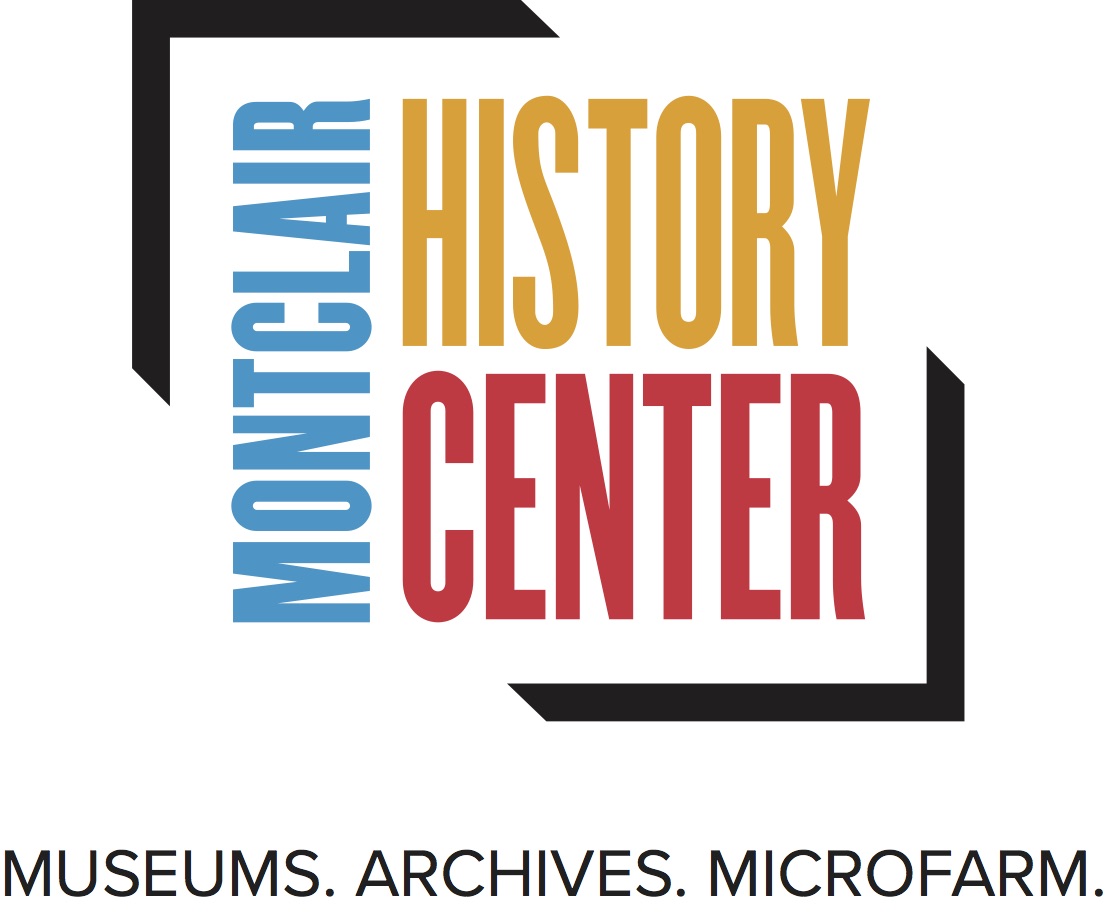Each year May marks Preservation Month putting a spotlight on the people in our community who are doing the important work saving our places and building our communities through preservation. Historic place-savers pour their time, energy, resources (and sometimes a great deal of sweat and tears) into protecting places they care about. The Preservation Month theme is “People Saving Places” to shine a spotlight on everyone doing the working of saving places—in big ways and small.
Let’s first take a look back in our history and understand what prompted the interest in historic preservation in America. There are a few key points to consider that led to the systems currently in place.
Moving of the Crane House & Historic YWCA in 1965
Formation of the Mount Vernon Ladies’ Association in 1860
Prompted by a Louisa Bird Cunningham who was on her way home and “saw Mount Vernon in the moonlight.” Louisa writes to her daughter Ann Pamela Cunningham and says, if the men of the United States would not save the home of its greatest citizen, perhaps it should be the responsibility of the women. [Mountvernon.org]
1906 Antiquities Act
First national preservation law enacted by President Theodore Roosevelt for the legal protection of landmarks, objects, or structures of historic or scientific resources of interest on federal land.
1926 Reconstruction of Colonial Williamsburg
First Reverend Goodwin of Bruton Parish had the dream. John D. Rockefeller had the money. Today we enjoy this experience 100 years later.
1933 Historic American Buildings Survey
The Historic American Buildings Survey was created in 1933 under President Franklin D. Roosevelt's New Deal to provide much-needed work for architects, photographers, and historians, who documented America's built environment at a key moment in modernization and nationalization.
20th Century Measures That Picked up Speed
· Historic Sites Act of 1935 established a national policy to preserve for public use historic sites, buildings and objects of national significance for the inspiration and benefit of the people of the United States.”
· 1949 National Trust for Historic Preservation Chartered to advance the policies of the Historic Sites Act of 1935
· 1960 National Historic Landmarks Registry developed to recognize and honor the nation's cultural and historical heritage
· 1966 National Historic Preservation Act recognized the Federal government’s support of historic preservation, established the national registry of historic places, certified historic districts, and created State Historic Preservation Offices.
The demolition of the 1910 Penn Station in 1963 amongst others was a catalyst to push forward reform on preservation.
What are the types of historic preservation that are used?
Preservation is defined as the act or process of applying measures necessary to sustain the existing form, integrity, and materials of an historic property.
Rehabilitation is defined as the act or process of making possible a compatible use for a property through repair, alterations, and additions while preserving those portions or features which convey its historical, cultural, or architectural values.
Restoration is defined as the act or process of accurately depicting the form, features, and character of a property as it appeared at a particular period of time by means of the removal of features from other periods in its history and reconstruction of missing features from the restoration period.
Reconstruction is defined as the act or process of depicting, by means of new construction, the form, features, and detailing of a non-surviving site, landscape, building, structure, or object for the purpose of replicating its appearance at a specific period of time and in its historic location.
These four distinct methods of preservation are used across the nation and world. On Sunday, May 19th Executive Director Angelica Diggs will be giving a guided tour through the Crane House & Historic YWCA exploring the roots of preservation as it relates to the 1965 move and restoration of the museum detailing which of these four methods was used at the time. In 1965, when the Crane House & Historic YWCA was restored to tell the story of its earliest occupants, historic preservation was in its infancy and policies were just being established. Through this guided tour we’ll put into context some of the decisions made by the early preservationists who restored the Crane House in the 1960s and discuss our goals in preservation today for this space.
May 19th tours begin at 12:00 pm, 1:00 pm, and 2:00 pm at Nathaniel Crane House & Visitor Center located at the back of the parking lot (110 Orange Road, Montclair). No reservations required. Admission is $12/adult; $10/student/senior with ID; $8/child; under 2 free. MHC members are free!
Visit the National Trust for Historic Preservation for resources and social media visuals to help you celebrate this May! https://savingplaces.org/stories/preservation-month-2024.

